Have you ever written a killer blog post, only for it to get buried on page 5 of Google? Or put together a sales page that feels perfect—yet nobody’s clicking?
Here’s the missing link: Search intent.
If your content doesn’t align with what users actually want when they’re typing into Google, it won’t matter how great your copy is. Making that match is the difference between showing up—or staying invisible.
Let’s break down what search intent really is, plus how to craft content that meets users exactly where they are in their buyer journey.
Table of Contents
🔍 What is Search Intent, Anyway?
Search intent (sometimes called “user intent”) is the reason why someone types a query into a search engine. It’s what they are hoping to find, do, or learn.
When Google delivers results, it’s not just looking for keywords—it’s trying to figure out intent. Your content succeeds when it matches what someone meant to find.
There are four primary types of search intent:
- Informational
- Navigational
- Commercial
- Transactional
Let’s look at each type so you can create content that meets your audience right where they are.
🔍 1. Informational Intent: “I Just Want to Learn”
This is when a user is looking to learn something. People with informational intent are looking to understand something. They’re asking questions, seeking insights, or figuring things out. This is the most common type of search.
- Goal: They want answers, knowledge, or step-by-step guidance.
- Examples of Searches:
- “How does life insurance work?”
- “What is a monogram?”
- “Best vacation spots in the Hamptons”
- Best Content Matches:
- Blog posts
- How-to guides
- Educational videos or infographics
- FAQs
Informational content should be easy to skim and genuinely helpful. Use this intent to build trust and position your brand as a valuable resource.
🟢 Think: Top of the funnel. You’re building trust and visibility by answering their questions.
Want to see this in action? At CORE Brand Marketing, we use educational blog posts to walk people through concepts like lead funnels, SEO, and automated growth strategies—without overwhelming them with jargon or fluff.
🧭 2. Navigational Intent: “Take Me to a Specific Place”
This is when a user already knows where they want to go—but they use search as a shortcut.
- Goal: They’re looking for a specific brand, website, or location.
- Examples of Searches:
- “JT Life Group website”
- “The Striped Palm Etsy shop”
- “CORE Brand Marketing lead funnels”
- Best Content Matches:
- Branded landing pages
- About pages
- Contact information/pages
- Store/Shop links
- Portfolio or service directories
🟡 Think: Mid-funnel. They know who you are, and now they’re trying to find you quickly.
Your goal here is clarity and access. Make sure your pages are well-indexed, titles are branded, and URLs are simple.
🛍 3. Commercial Intent: “Help Me Choose the Right One”
Simply put this is when a user is researching before buying. They aren’t ready to purchase just yet, but are close.
People with commercial intent are getting ready to take action, but they’re still comparing options. They want reassurance, proof, and clear reasons to choose you.
- Goal: They’re comparing options, reading reviews, gathering product info.
- Examples of Searches:
- “Best marketing agency for introverts”
- “Brevo vs Mailchimp for email automation”
- “CORE Brand Marketing vs freelancer”
- Best Content Matches:
- Product/service comparisons
- Testimonials and reviews
- Case studies
- Buying guides
This is your perfect chance to show off real-world results and differentiation.
At CORE, for example, our customized faceless marketing strategies help people grow their brands without depending on daily video content or brand photoshoots. It’s our unique angle—and what makes us the no-brainer choice for introverts and behind-the-scenes business owners.
🟠 Think: Bottomish-funnel. They’re evaluating their options. This is where persuasion and proof matter.
💳 4. Transactional Intent: “I’m Ready to Buy or Book”
This is when a user is ready to act now—to make a purchase or sign up.
This is it—the moment they’re ready to act. With transactional intent, the user knows what they want and is looking for a clear next step.
- Goal: Take an action such as buying, booking, or applying.
- Examples of Searches
- “Buy monogrammed throw pillow”
- “Sign up for life insurance now”
- “Book a strategy session with Kristin Korn”
- Best Content Matches:
- Product pages
- Pricing tables
- Product features
- Booking forms and sign-ups
- Free trial/signup offers
- Call-to-action (CTA) sales pages
🔴 Think: Bottom of the funnel. Your job? Make it as easy as possible for them to say “yes.”
Don’t overthink the copy here—make conversions easy. Use simple CTAs, remove friction, and guide them toward the action they’re ready to take.
🧭 How to Use Search Intent in Your Content Strategy
Aligning with search intent isn’t just for SEO—it improves your overall marketing success. Here’s how to apply it:
- Blog posts should be (mostly) tailored to informational intent, especially for attracting organic traffic.
- Your homepage, about page, and menus should be optimized for navigational intent.
- Testimonials, pricing breakdowns, and comparisons are perfect for commercial intent.
- Sales pages and CTAs? That’s where transactional intent comes into play.
Tailoring your content to match these intent levels ensures users find exactly what they’re looking for — which boosts conversions and trust.
🧩 Final Thoughts: Why Intent-Led Content Wins
At CORE Brand Marketing, we believe that understanding how your audience thinks is more powerful than guessing what content might work.
By aligning your content to search intent, you’ll:
- Show up in the right searches
- Build trust at every stage
- Convert more leads with less effort
- Avoid wasting time creating content no one finds
So before you write your next blog post or build your new sales page, stop and ask: What is this searcher really trying to do?
When you lean into intent over impulse, the results will speak for themselves.
Next Steps: Mastering Search Intent
🎯 Ready to start optimizing your customer journeys with intent-driven content?
Book your custom strategy session with CORE Brand Marketing—we’ll help you convert your vision into traffic, leads, and effortless growth.
Need help getting clear on your brand’s positioning and your content strategy?
Join our newsletter for high-value tips, faceless marketing secrets, and behind-the-scenes insights you won’t find on social.
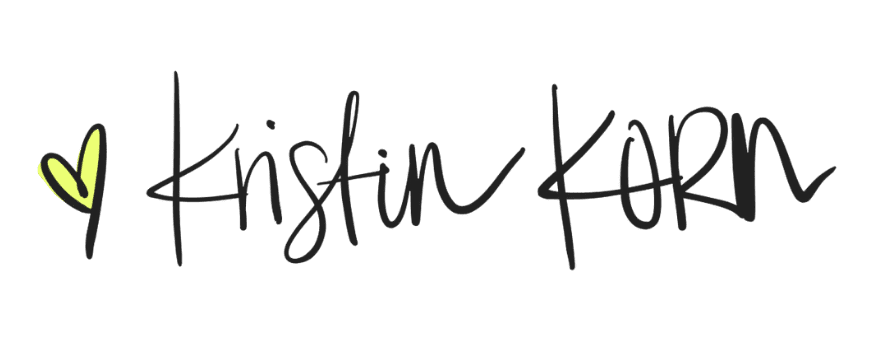

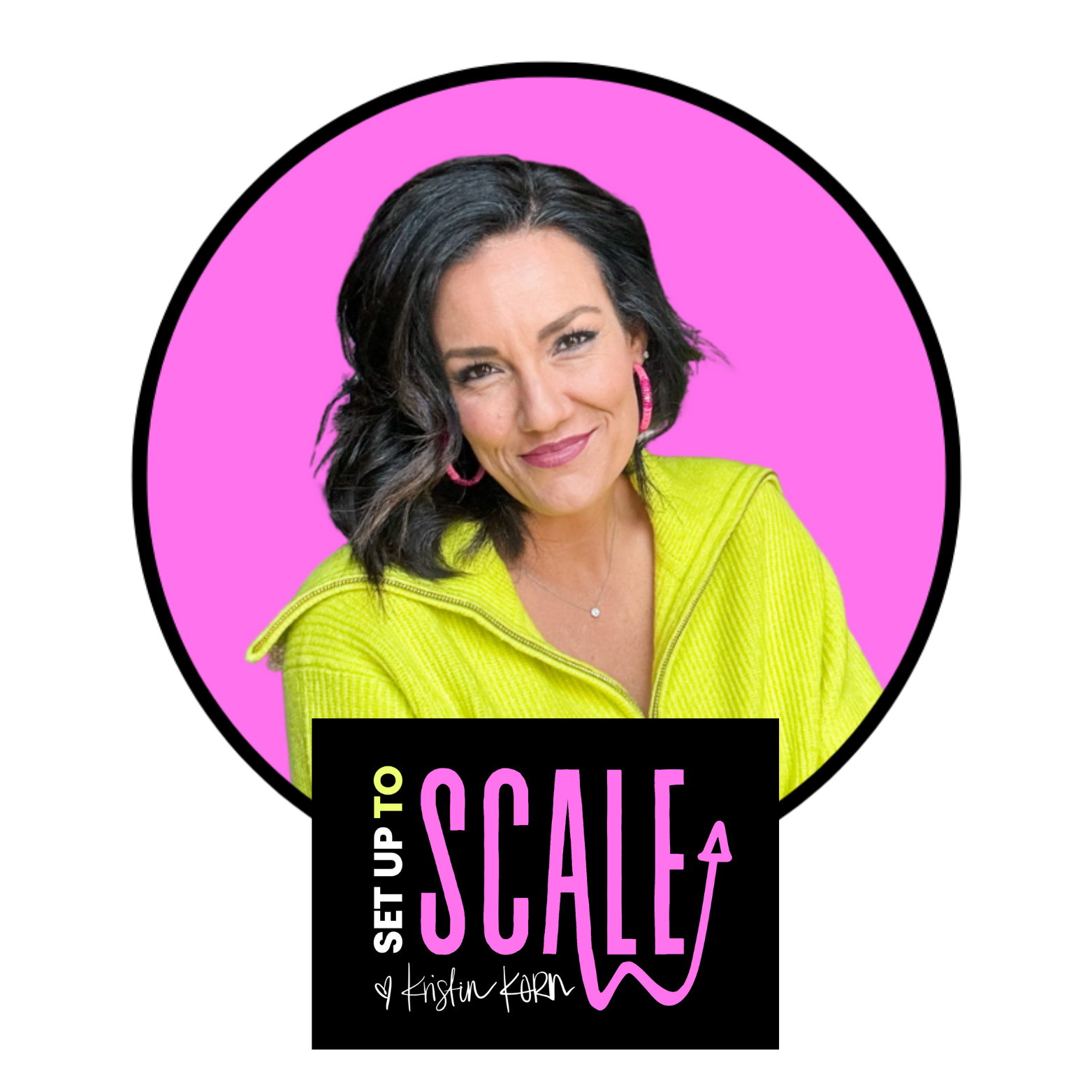

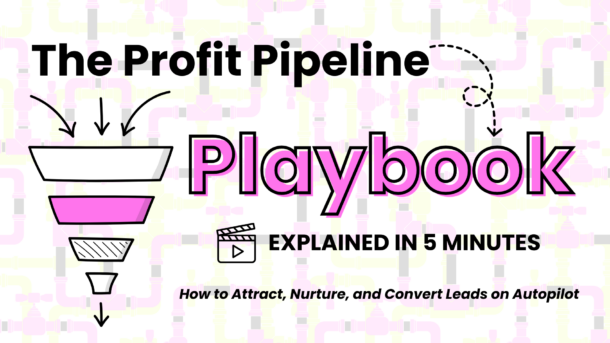


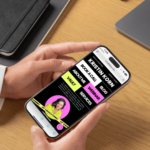


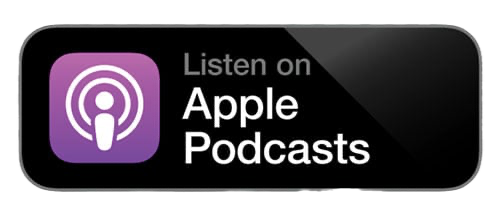
0 Comments